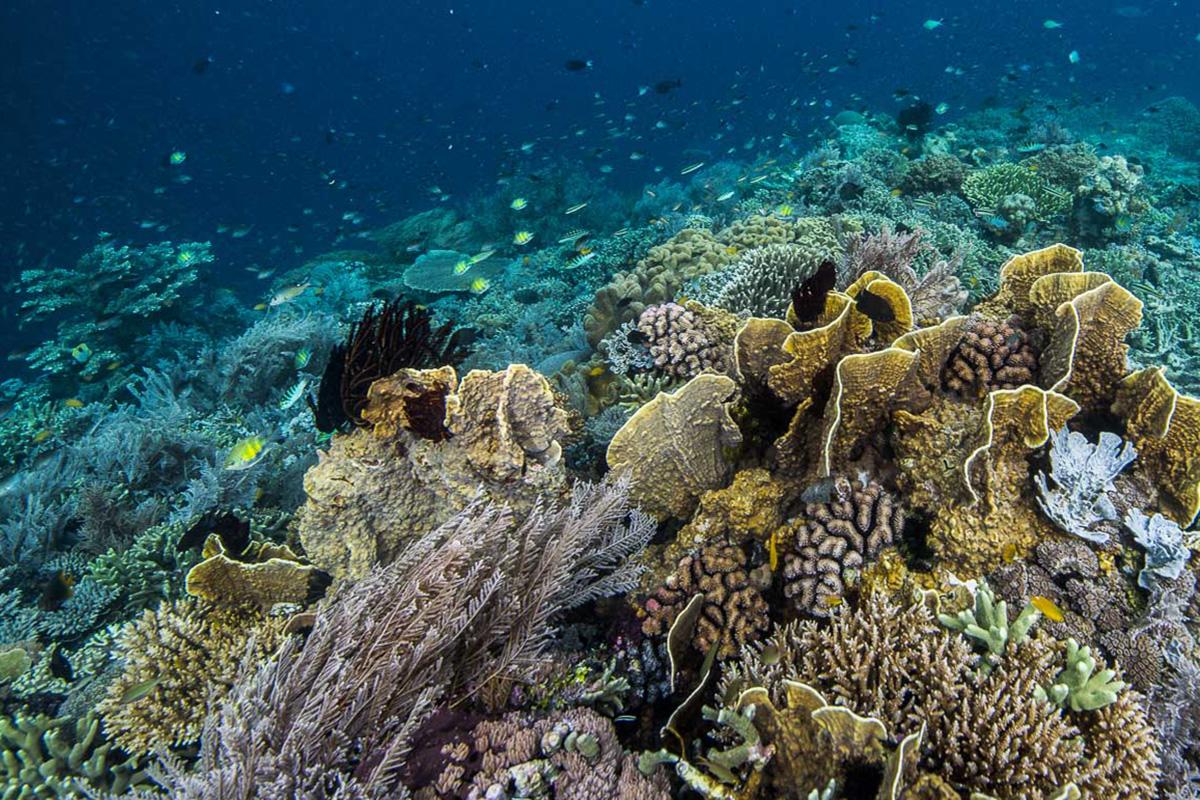
Navassa Island is a unique and captivating destination that is often overlooked and shrouded in mystery. Located in the Caribbean Sea, this uninhabited island holds an array of extraordinary facts that make it an intriguing subject for exploration. From its rich historical background to its diverse wildlife, Navassa Island offers a glimpse into a world that is both enchanting and enigmatic. In this article, we will uncover 17 extraordinary facts about Navassa Island that will leave you astounded and eager to learn more about this hidden oasis. So, let’s embark on a journey to discover the secrets of Navassa Island and delve into the wonders that this small piece of paradise holds.
Key Takeaways:
- Navassa Island is a small, uninhabited territory of the United States with unique biodiversity and a rich maritime history. It’s a haven for researchers and a nesting site for seabirds, but access is highly restricted.
- The future of Navassa Island is uncertain due to ongoing territorial disputes. Efforts are being made to protect its ecological significance and find a resolution between the United States and Haiti.
Navassa Island is an unincorporated territory of the United States.
Navassa Island, located in the Caribbean Sea, is a small, uninhabited island that is considered an unincorporated territory of the United States. As such, it falls under the jurisdiction of the U.S. federal government.
It is one of the last remaining disputed territories in the Caribbean.
Navassa Island has been the subject of territorial disputes between the United States and Haiti. Both countries have claimed ownership of the island, with the United States maintaining control since 1857.
Navassa Island is known for its unique biodiversity.
Despite its small size, Navassa Island boasts a rich and diverse ecosystem. It is home to numerous species of birds, reptiles, and plants, many of which are found nowhere else in the world.
The island has an interesting geological history.
Navassa Island is a raised atoll, meaning it was formed through the uplift of a coral reef. Its limestone cliffs and rugged terrain offer stunning views of the Caribbean Sea.
Navassa Island has been designated as a National Wildlife Refuge.
In order to protect its unique ecosystem, Navassa Island is designated as a National Wildlife Refuge. This helps to ensure the preservation of its wildlife and natural habitats.
The island is home to the endangered Navassa Island iguana.
One of the most notable inhabitants of Navassa Island is the Navassa Island iguana, a critically endangered species that is found nowhere else in the world. Efforts are being made to protect and conserve this species.
Navassa Island has a rich maritime history.
Over the years, Navassa Island has been a haven for pirates and a strategic location for the U.S. Navy. Its location in the Caribbean Sea has made it an important point of interest for maritime activities.
The island is a popular destination for scuba diving enthusiasts.
Navassa Island is surrounded by crystal-clear waters and vibrant coral reefs, making it a popular destination for scuba diving enthusiasts. Divers can explore the underwater world and witness the beauty of marine life.
Navassa Island is an important nesting site for seabirds.
Many species of seabirds, including boobies and frigatebirds, make Navassa Island their home. The island provides valuable nesting grounds for these birds, contributing to their conservation and survival.
Access to Navassa Island is restricted.
Due to its status as an unincorporated territory and the sensitivity of its ecosystem, access to Navassa Island is highly restricted. Only authorized personnel are allowed to visit the island.
Navassa Island has no permanent human population.
Unlike many other territories, Navassa Island has no permanent human population. The lack of infrastructure and resources makes it unsuitable for habitation.
The island played a role in the development of international maritime laws.
Navassa Island was the focus of a landmark legal case in the early 20th century, which helped to establish the principles of territorial waters and exclusive economic zones in international maritime law.
Navassa Island is a haven for researchers.
Given its unique biodiversity and geological features, Navassa Island offers a wealth of research opportunities. Scientists and researchers visit the island to study its ecosystems, geology, and wildlife.
Navassa Island has no freshwater sources.
One of the challenges of living on Navassa Island is the absence of freshwater sources. This makes it difficult to sustain any form of permanent human settlement on the island.
The lighthouse on Navassa Island is a historic landmark.
Navassa Island is home to a historic lighthouse, which served as an important navigational aid for ships traveling through the Caribbean Sea. The lighthouse stands as a symbol of the island’s maritime heritage.
Navassa Island was designated as a National Monument in 1999.
In recognition of its ecological and historical significance, Navassa Island was designated as a National Monument by President Bill Clinton in This designation ensures the protection and preservation of the island’s natural and cultural resources.
The future of Navassa Island remains uncertain.
As the territorial dispute between the United States and Haiti continues, the future of Navassa Island remains uncertain. Efforts are being made to find a resolution that takes into account the ecological importance of the island.
Conclusion
In conclusion, Navassa Island is truly a remarkable place that is rich in history, biodiversity, and natural beauty. From its unique geographical location to its captivating wildlife, there are plenty of extraordinary facts about this remote island. Whether it’s the intriguing history of the guano mining era, the diverse range of flora and fauna, or the important role it plays as a wildlife refuge, Navassa Island continues to fascinate and intrigue visitors and scientists alike. As we continue to explore and learn more about this hidden gem in the Caribbean, we gain a deeper appreciation for the wonders and mysteries of our vast Universe.
FAQs
Q: What is Navassa Island?
A: Navassa Island is a small, uninhabited island located in the Caribbean Sea. It is a part of the United States and is administered by the U.S. Fish and Wildlife Service.
Q: How did Navassa Island get its name?
A: Navassa Island was named after the ship Navassa, which was wrecked on the island in 1829. The ship was carrying enslaved Africans who revolted and eventually settled on the island.
Q: Can you visit Navassa Island?
A: Navassa Island is strictly regulated and access is restricted. It is primarily used as a wildlife refuge and scientific research station, so visitors are not allowed without proper authorization.
Q: What is the significance of Navassa Island?
A: Navassa Island is an important breeding ground for seabirds and a habitat for various endangered species. It also holds historical significance as the site of guano mining operations, which played a major role in the island’s history.
Q: Is Navassa Island inhabited?
A: No, Navassa Island is not inhabited by humans. The island is home to a rich variety of flora and fauna, but there are no permanent human residents.
Navassa Island's extraordinary facts captivate nature enthusiasts and history buffs alike. While this remote paradise boasts unique biodiversity and a fascinating past, other wonders await your discovery. Embark on a journey with Caribbean Airlines to explore the region's hidden gems. Marvel at the vibrant coral reefs teeming with marine life, and learn how these delicate ecosystems thrive. For those seeking a different adventure, Anchorage, Alaska, offers a chance to witness breathtaking wildlife in their natural habitats and visit pristine reserves that showcase the untamed beauty of the Last Frontier.
Was this page helpful?
Our commitment to delivering trustworthy and engaging content is at the heart of what we do. Each fact on our site is contributed by real users like you, bringing a wealth of diverse insights and information. To ensure the highest standards of accuracy and reliability, our dedicated editors meticulously review each submission. This process guarantees that the facts we share are not only fascinating but also credible. Trust in our commitment to quality and authenticity as you explore and learn with us.


